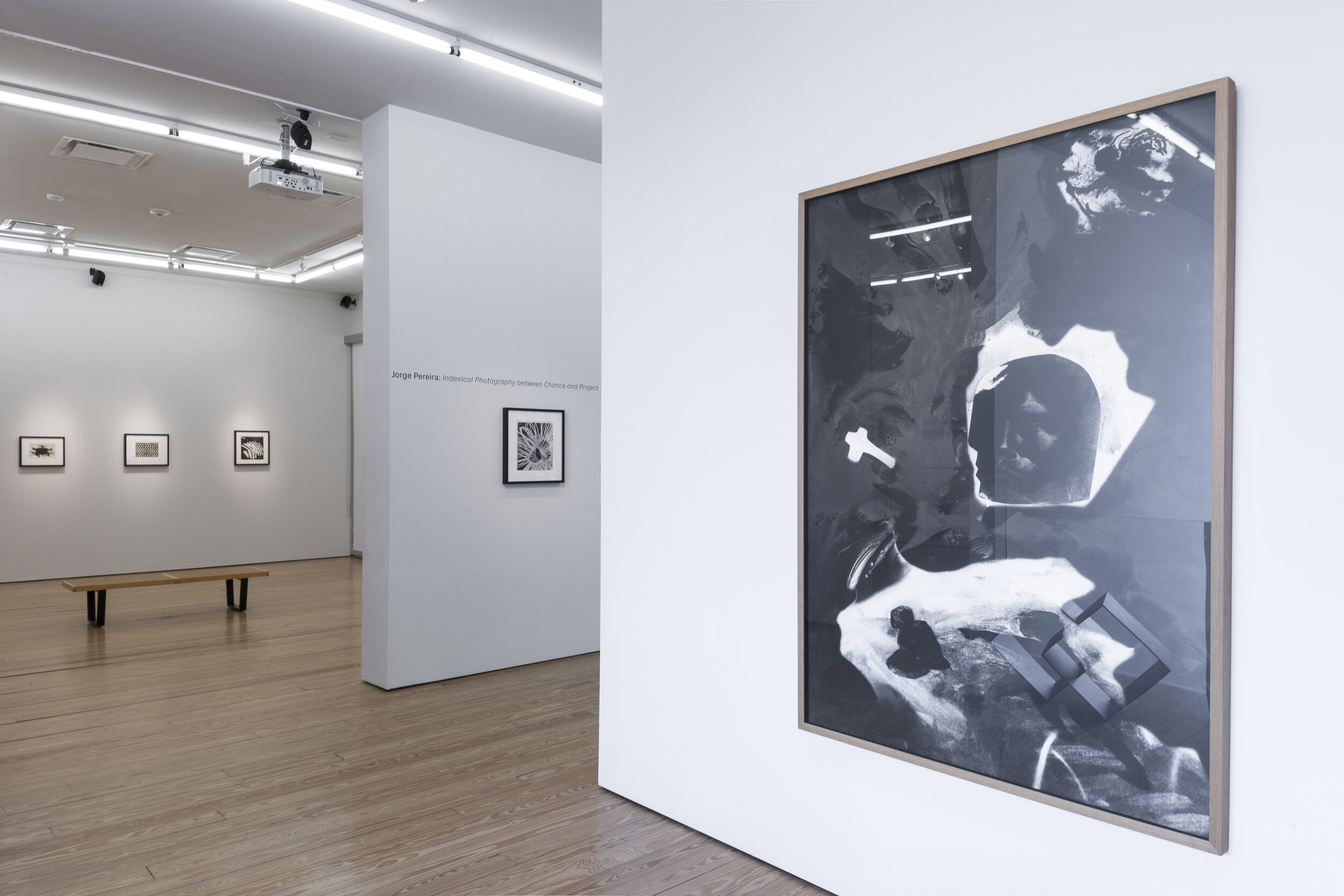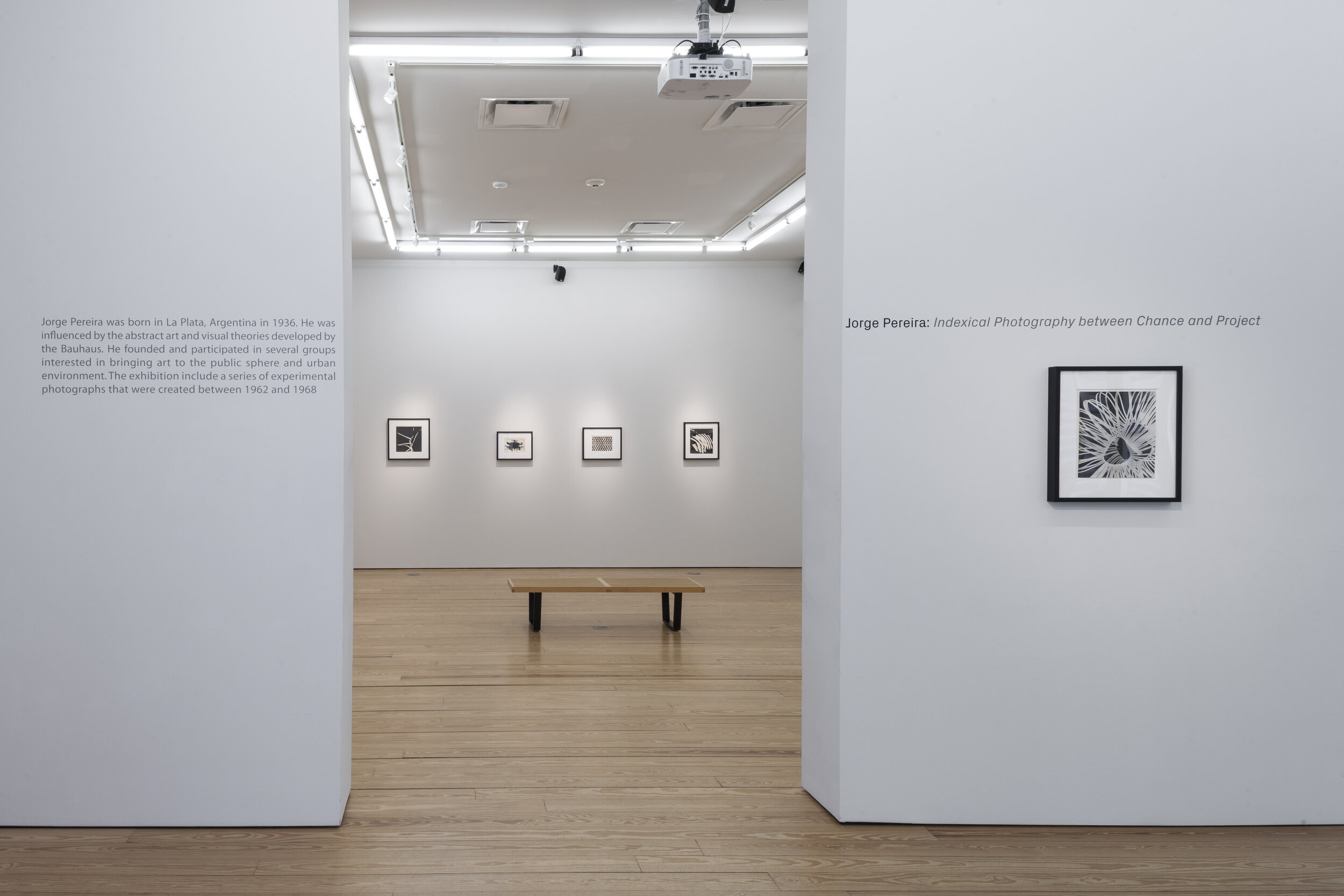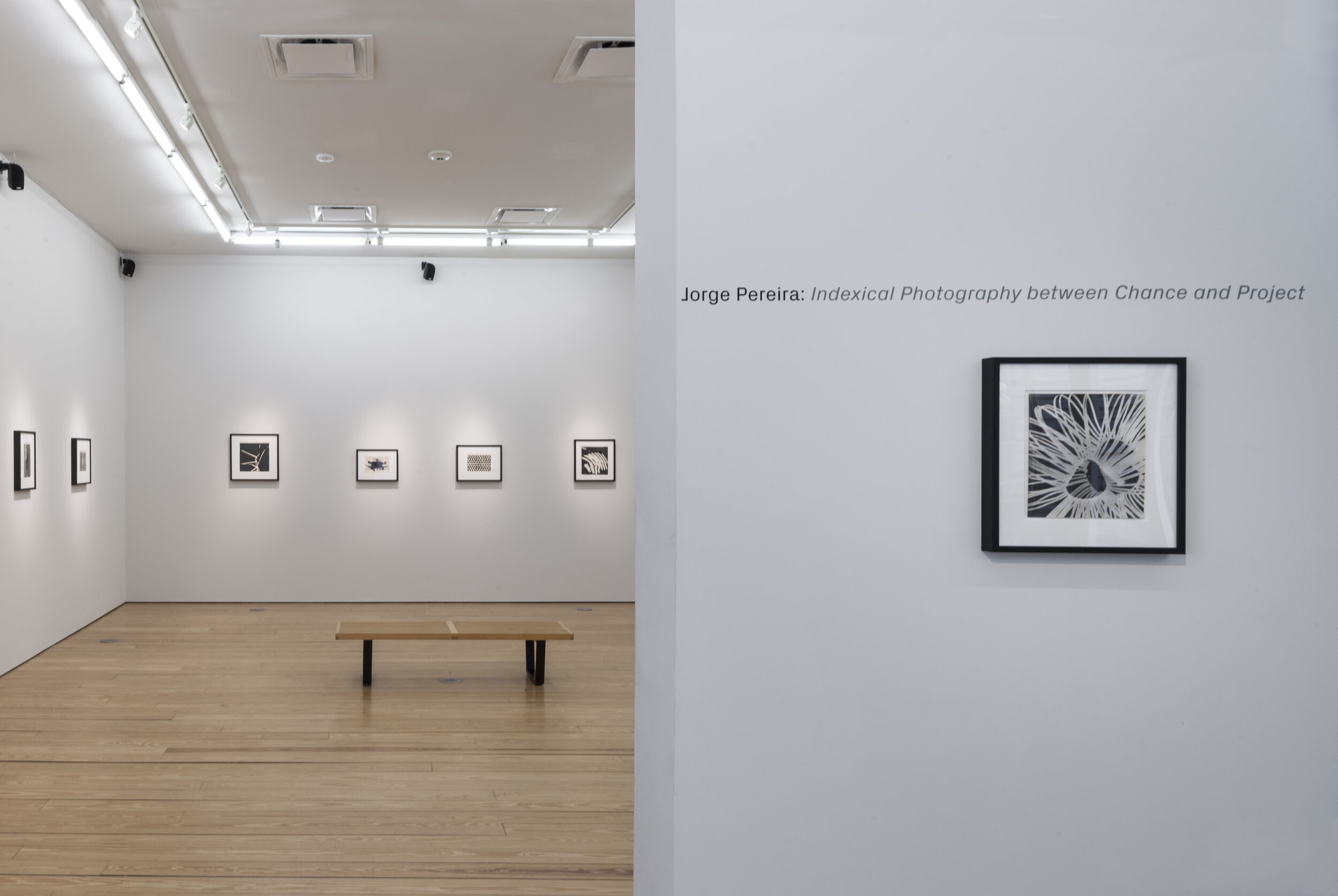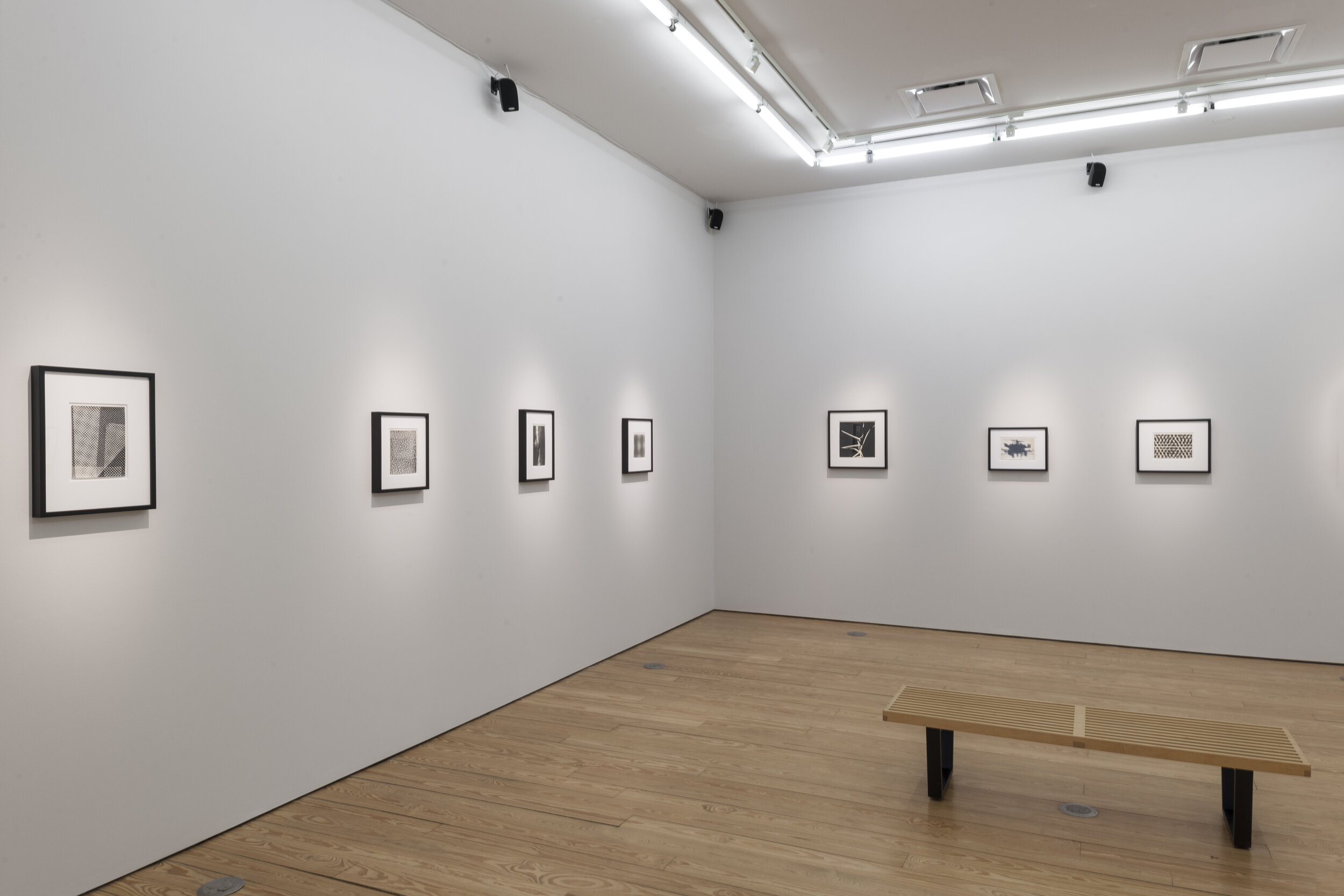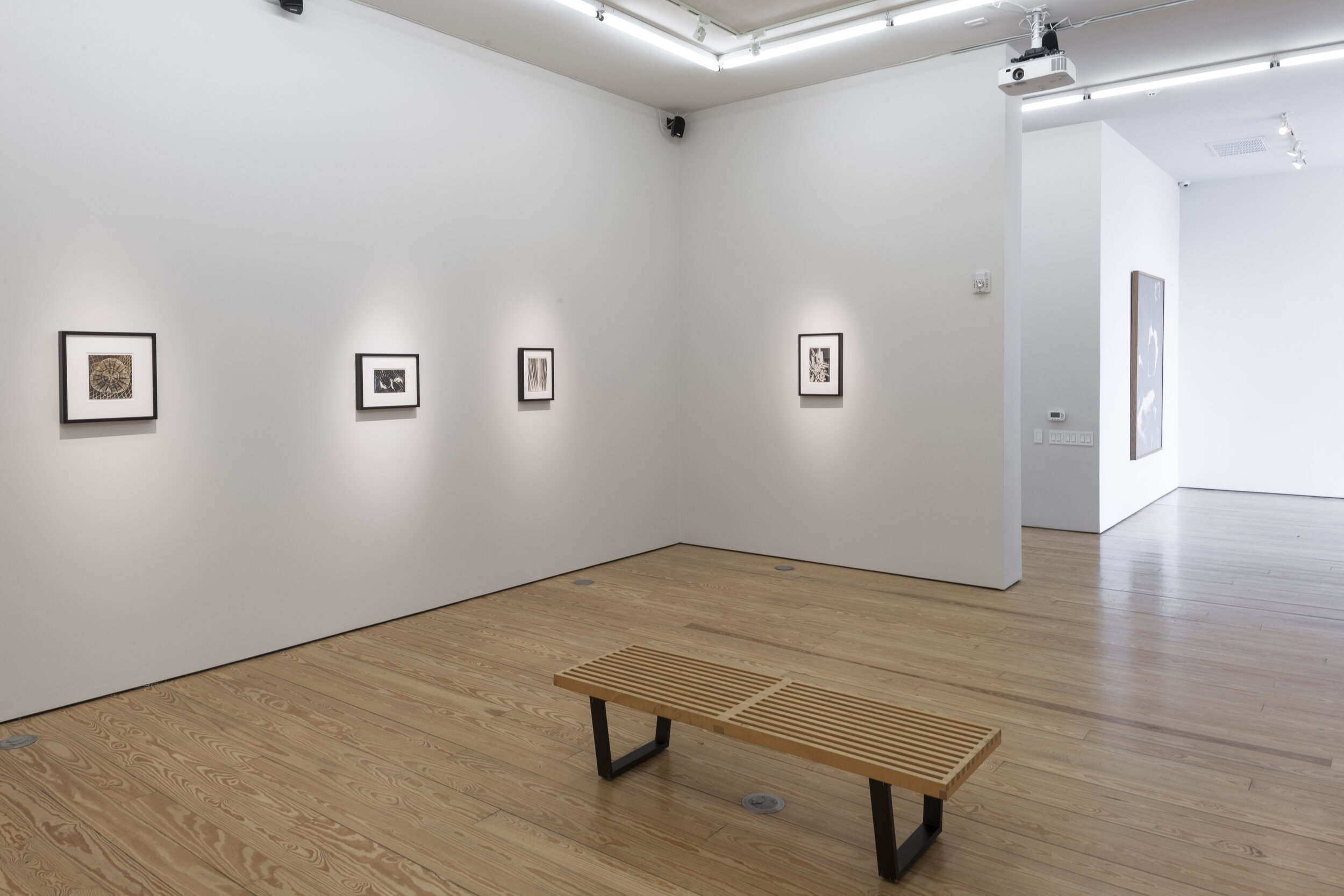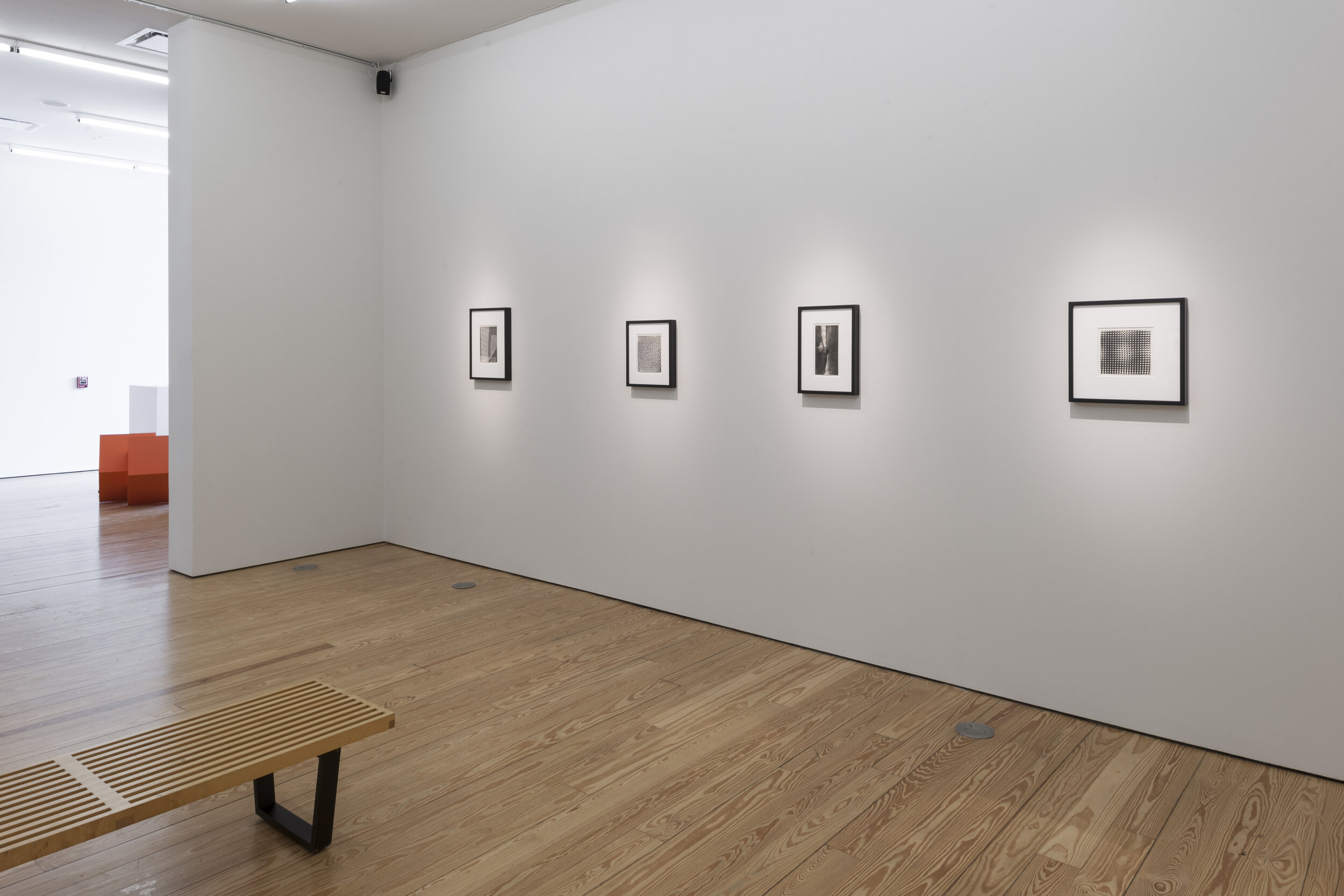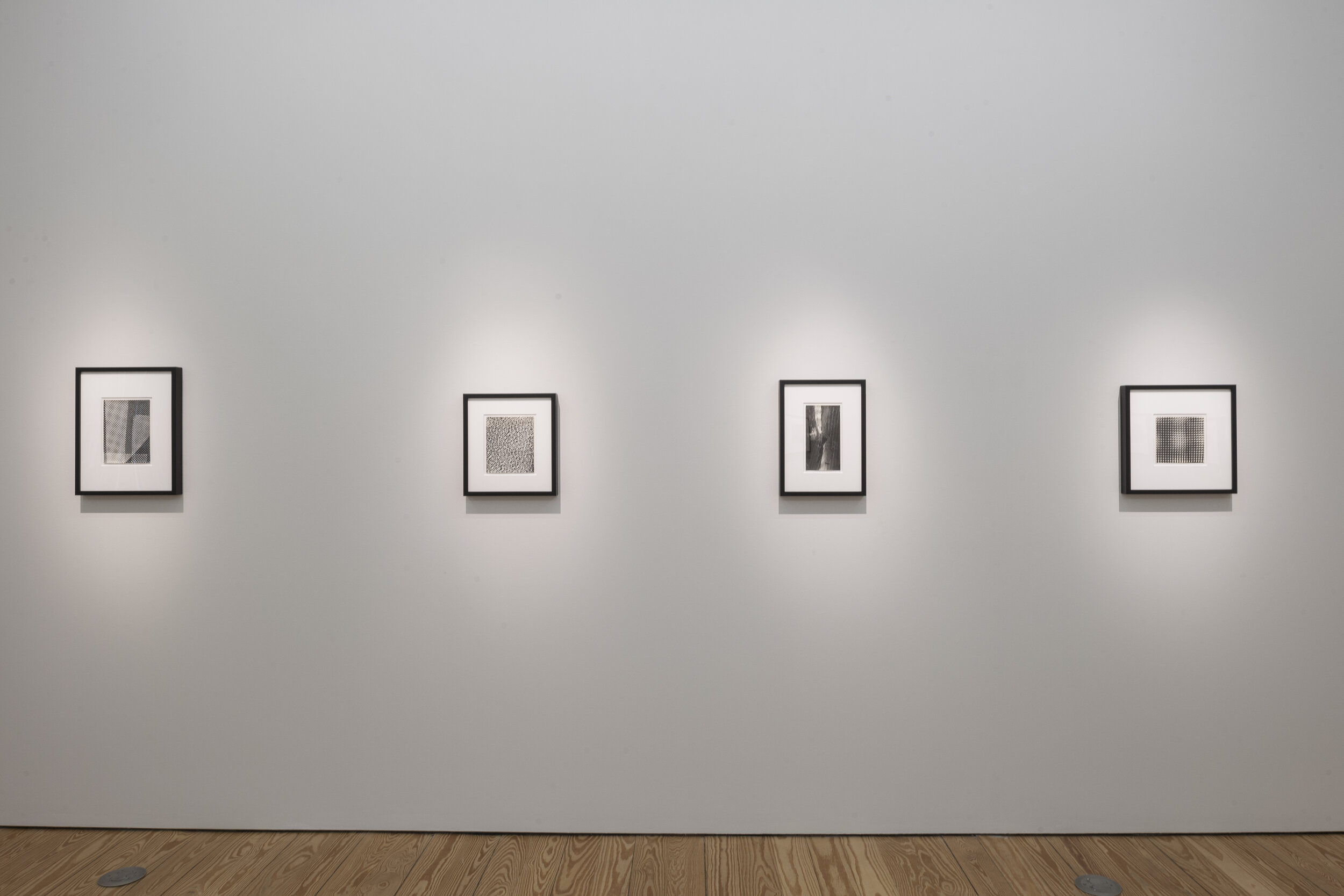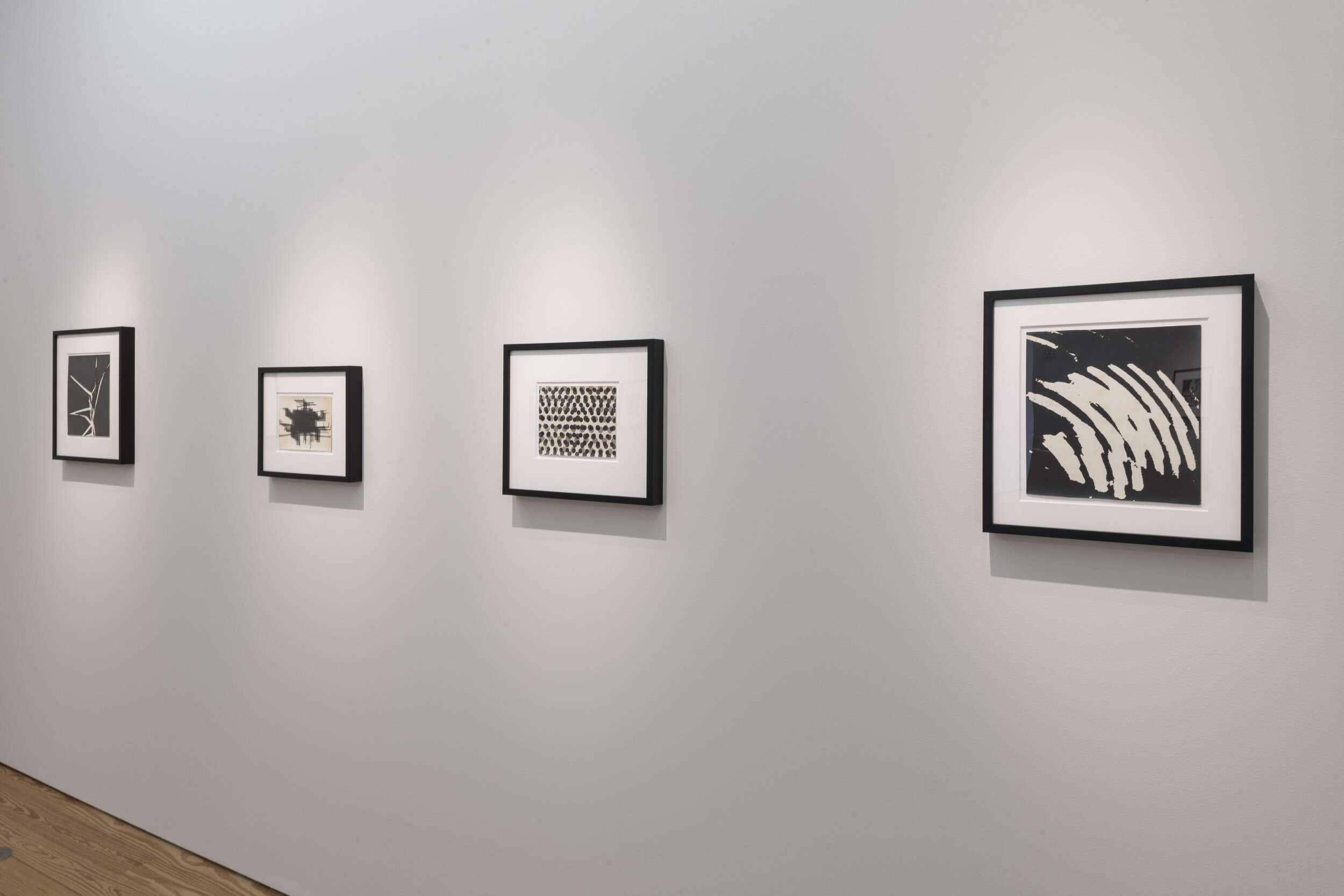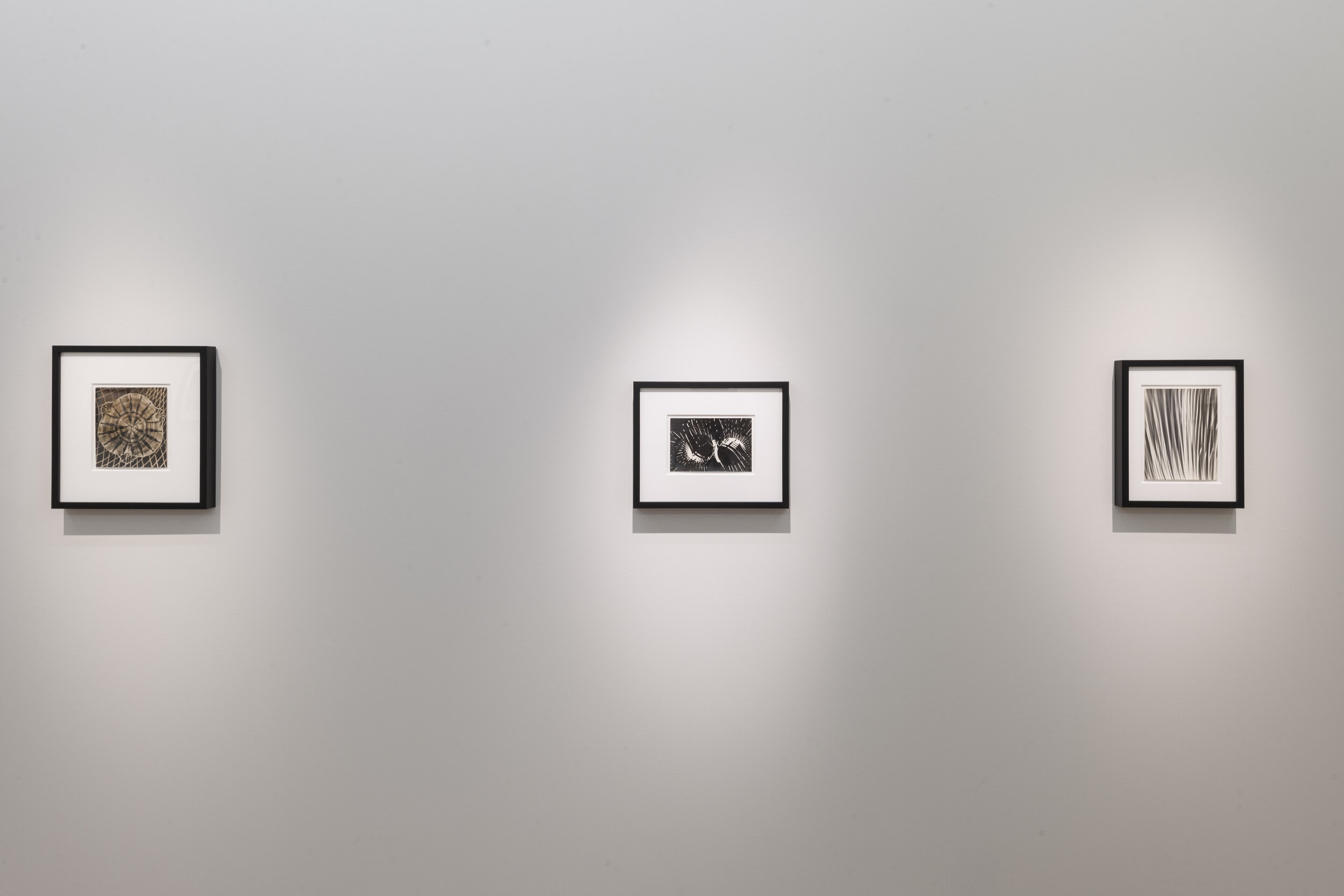Jorge Pereira, Indexical Photography between Chance and Project
Sicardi | Ayers | Bacino gallery
Febrero - Abril de 2018
Houston, Texas - USA
Many projects from early modernity in Latin America were fortified by the vast regional origi- nality that existed during the recovery years fol- lowing World War II. Argentina in the mid-1950s grew thanks to the political and economic theory known as developmentalism that went together with a renewed democracy. The field of art embraced an accelerated modernism and a wide-ranging debate was opened to address social life, based on the creation of academic disciplines such as sociology, urbanism and design theory.
Jorge Pereira initiated his active career within this dynamic context. La Plata is the capital of the Buenos Aires province, just forty-four miles from the federal capital. Here, in the latter half of the twentieth century, a group of academ- ics (architects, designers and artists) would continue the line first traced by Baujaus: the ethic of an art education as part of the develop- ment of a fairer society. In 1961, they formed Integral Vision (IN VI) which proposed to move their experimental artworks into the public urban space. The group, of which Pereira was a founding member, combined the concepts of Russian constructivism, Neo-plasticism, Bauhaus design, Joaquín Torres García’s experi- ments in Buenos Aires in the 1920s and 1930s, and Concrete Art in the mid-1940s.
This notion of integrating design into every- day life to improve it and lend it new meaning relied on photography as a resource, from an experimental perspective with non-traditional media, particularly non-representative pho- tography generated without the use of a cam- era. Developed by Man Ray and Herbert Bayer, among others, it was within this practice that Pereira began using a technique that placed him at the center of the poetry that occurs between the indication of an object, the randomness of light, and the conscious quest for an image. He began producing photograms in 1962, at a time when there was still debate in Argentina as to whether photography should be considered a mere technique, or an art form.
Photography’s prestige lay in the documenta- tion or exact record of a sensitive eye by way of a mechanical instrument—the camera. Thus, abstraction was still outside of the languages that photography could exploit.
Photograms are images created by printing ob- jects on vinyl negatives or photographic paper, simply by exposing them to light. These prints emphasize light, materializing it, and indicate the presence of objects.
Pereira points out that his use of this practice wherein he places the objects, moves them, overlays them, arose from his interest in repre- senting chaos. The incidental forms are created by the light’s impact on photosensitive surfaces and the technique readily lends itself to the imaginative process of collage. The artist would arrange small objects and even insects, playing with the transparency of their wings, then draw- ing with India ink on the acetate film, regulating exposure times, mixing media, and finally devel- oping these enigmatic and evocative images.
“In these photomontages, the artist’s subjec- tive transformations present the unity of syn- thesis and meaning that arise in a constantly transforming reality. A dialectic of vision and thought in the presentative act of the image. Thus, the photographic problematic becomes a conscious, creative act, rather than a chance, mechanical fact. It is in the investigation of new forms and in the search for non-conventional spaces and lights where experimental pho- tography develops new realities. New realities that should be incorporated into current human existence.”
Thus, Pereira conceptualized the very language of photography which, far from simply reflecting reality, is a reality in and of itself. Just as lan- guage sciences have theorized in contemporary times, photography implies a complex chain of significations mounted on a system of signs and indices that do not depend exclusively on the camera. For artists such as Jorge Pereira, the scope of photography should be explored in benefit of a society prospectively incorporated into art.
María José Herrera
